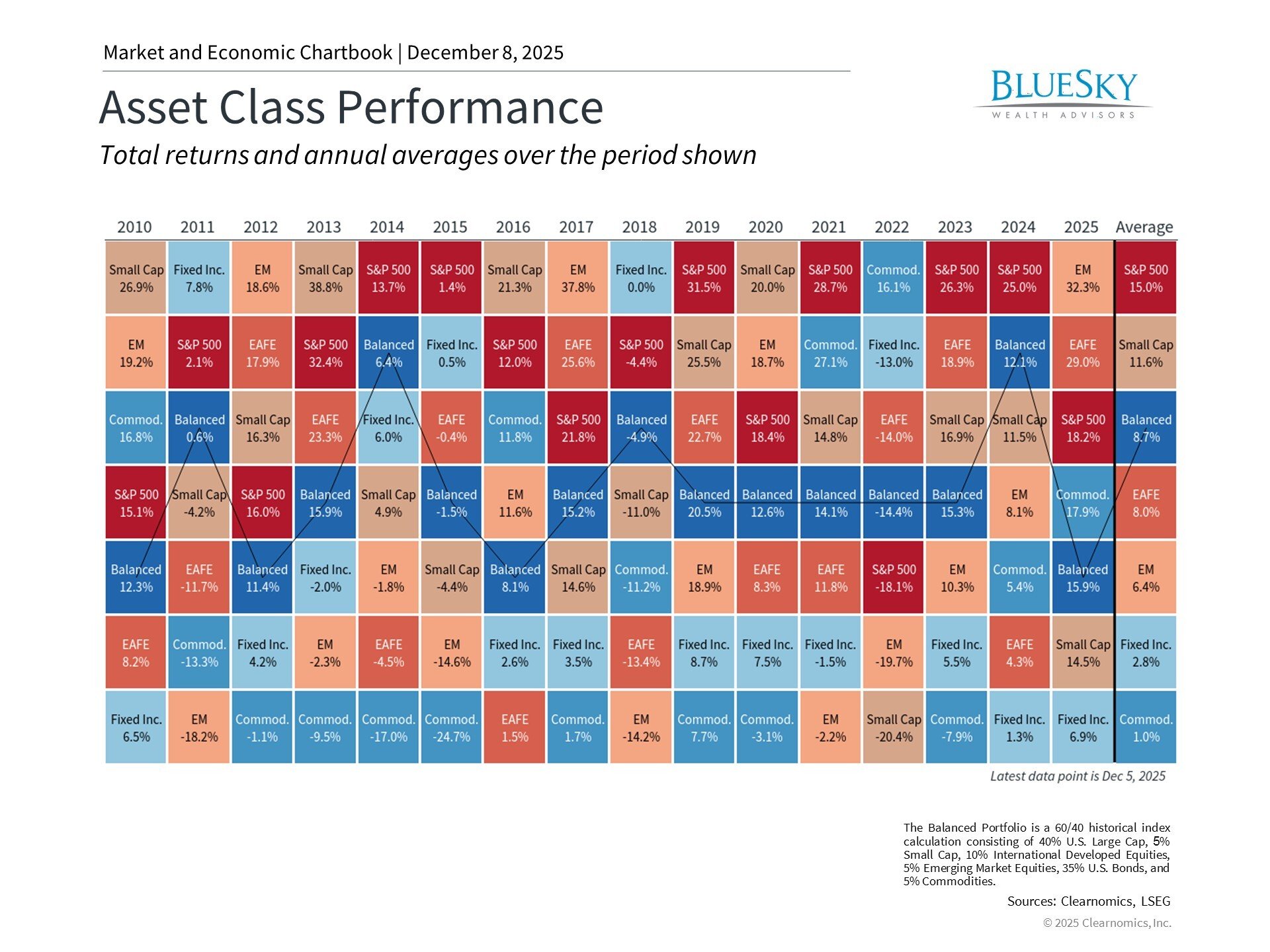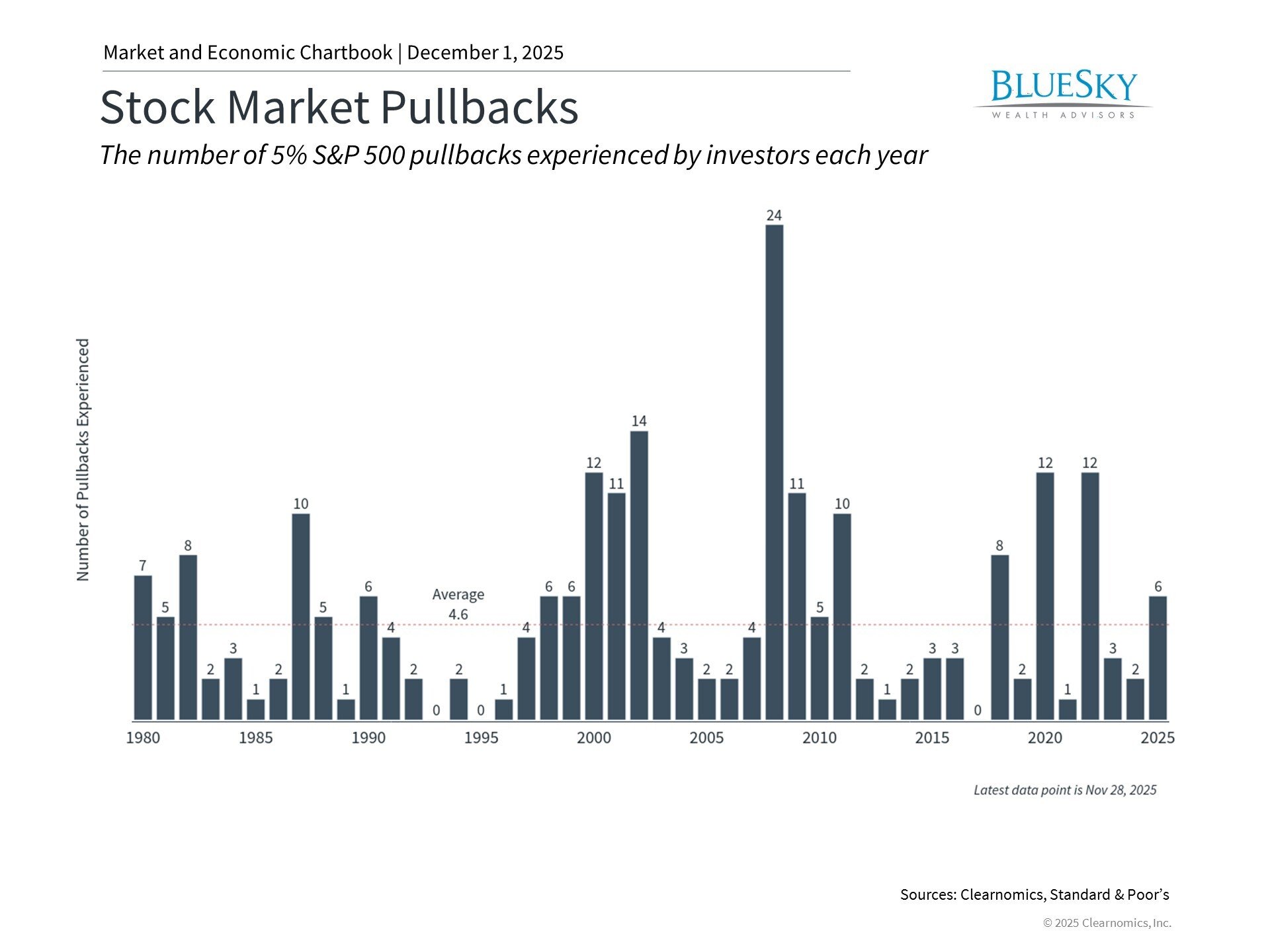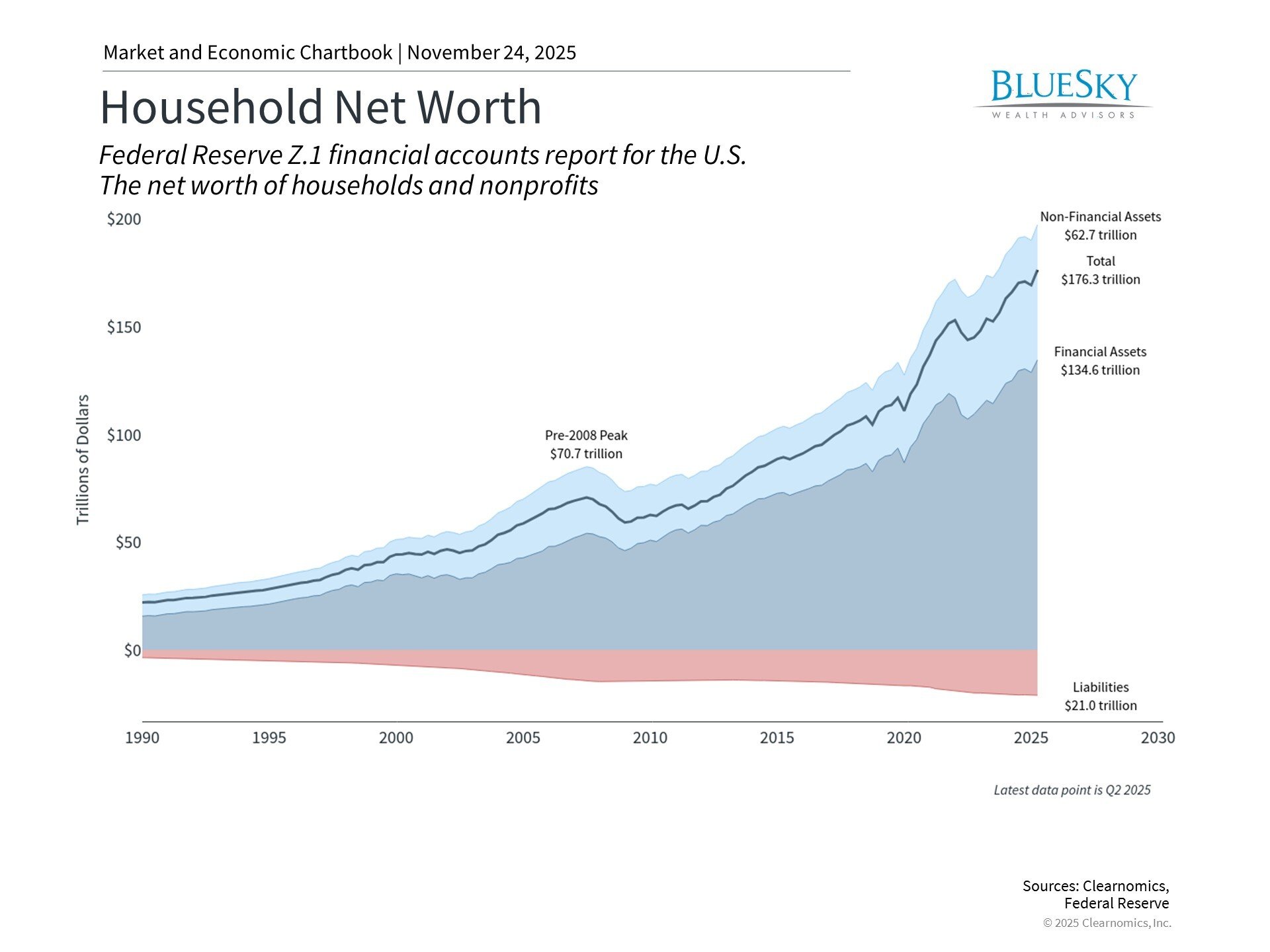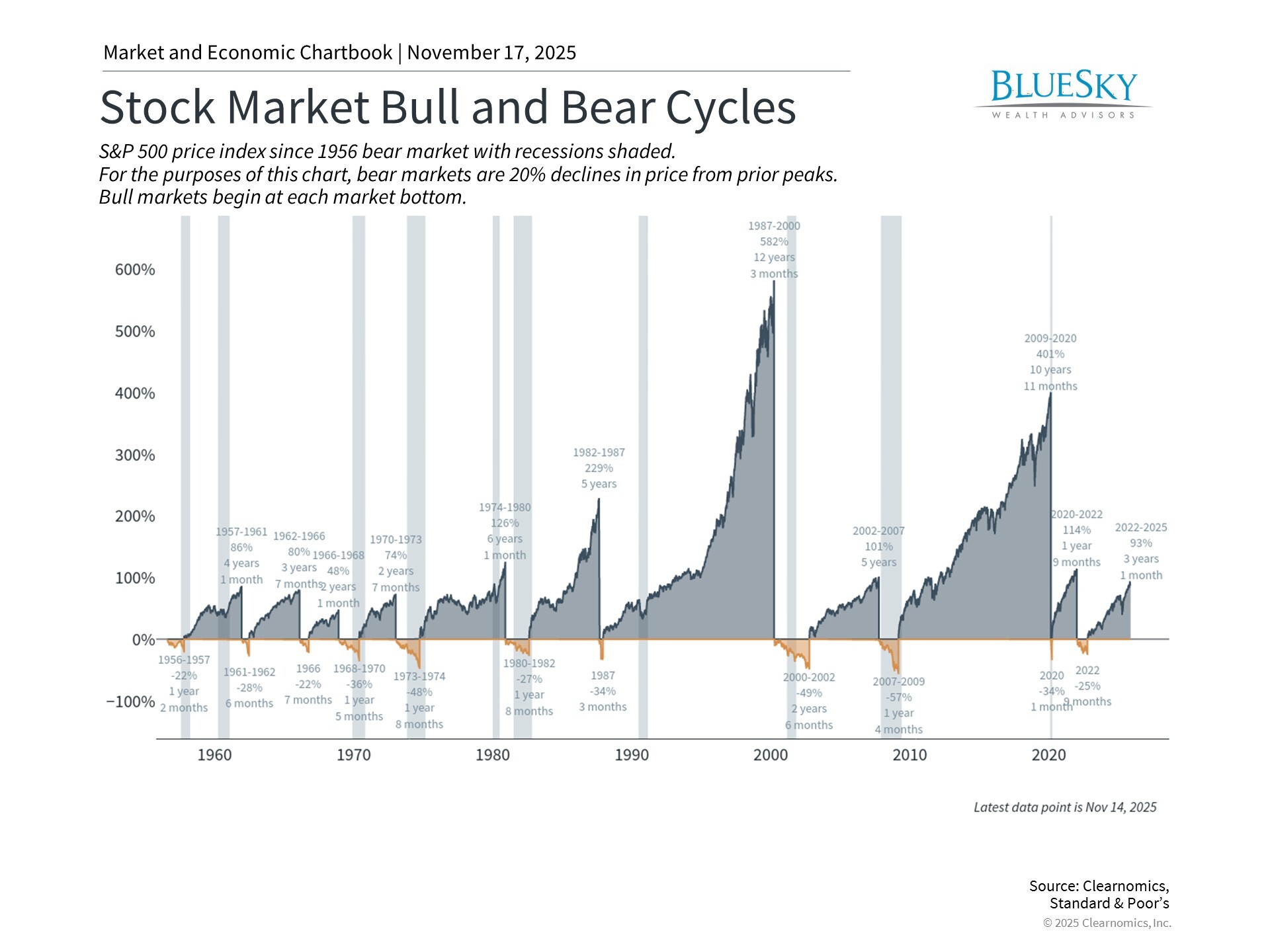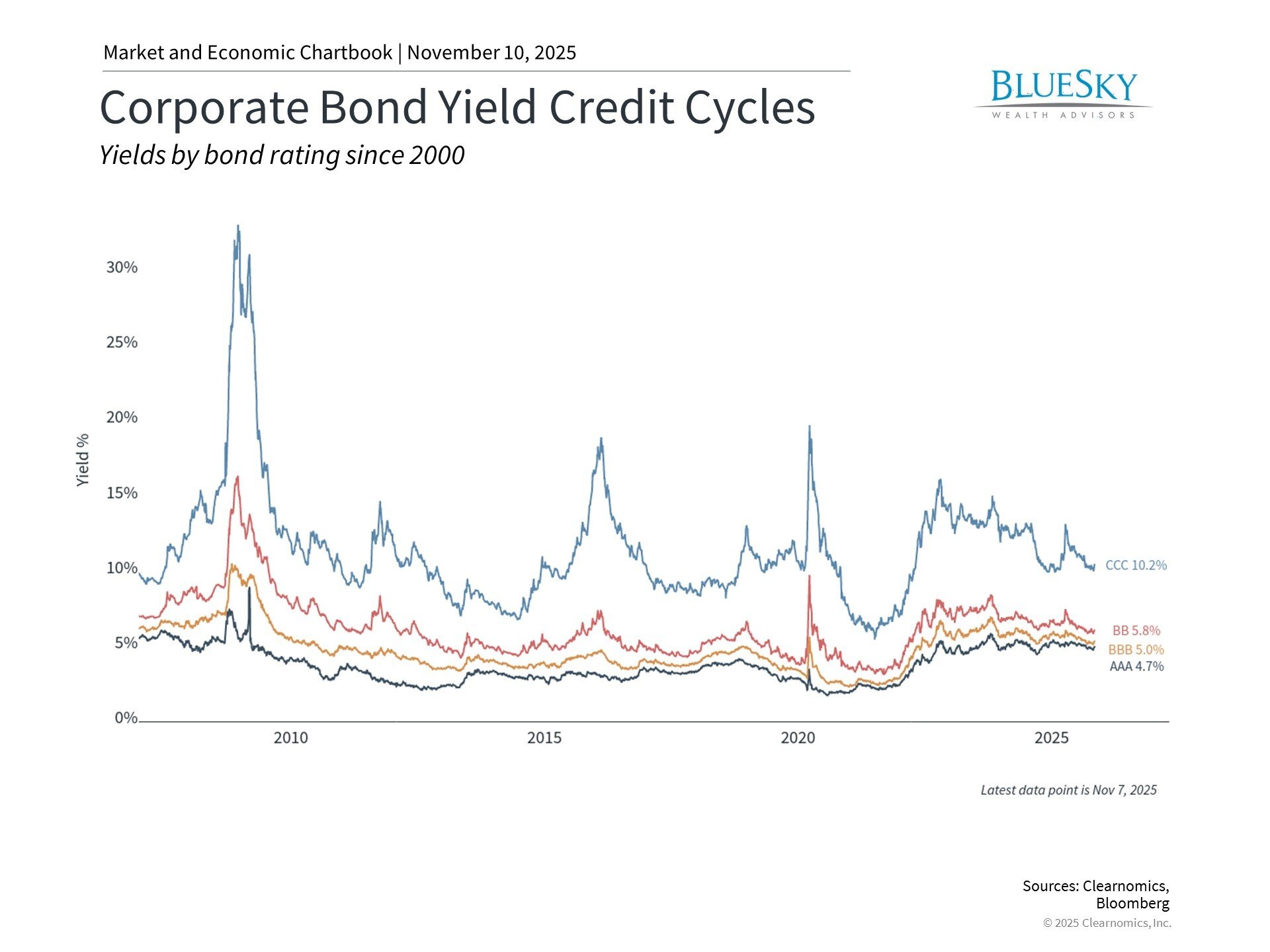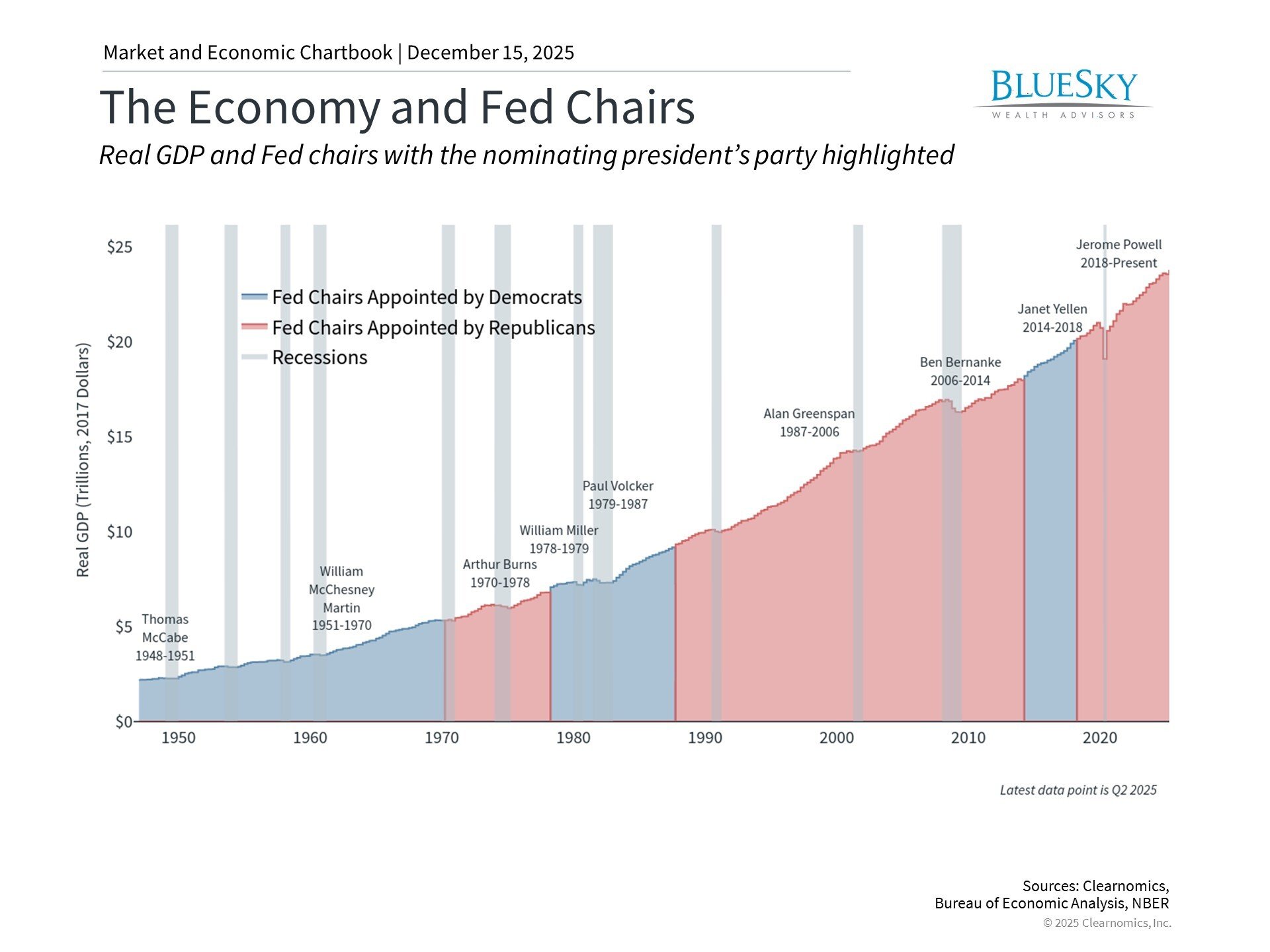
Maintaining Investment Discipline During Market Record Highs
Maintaining Investment Discipline During Market Record Highs
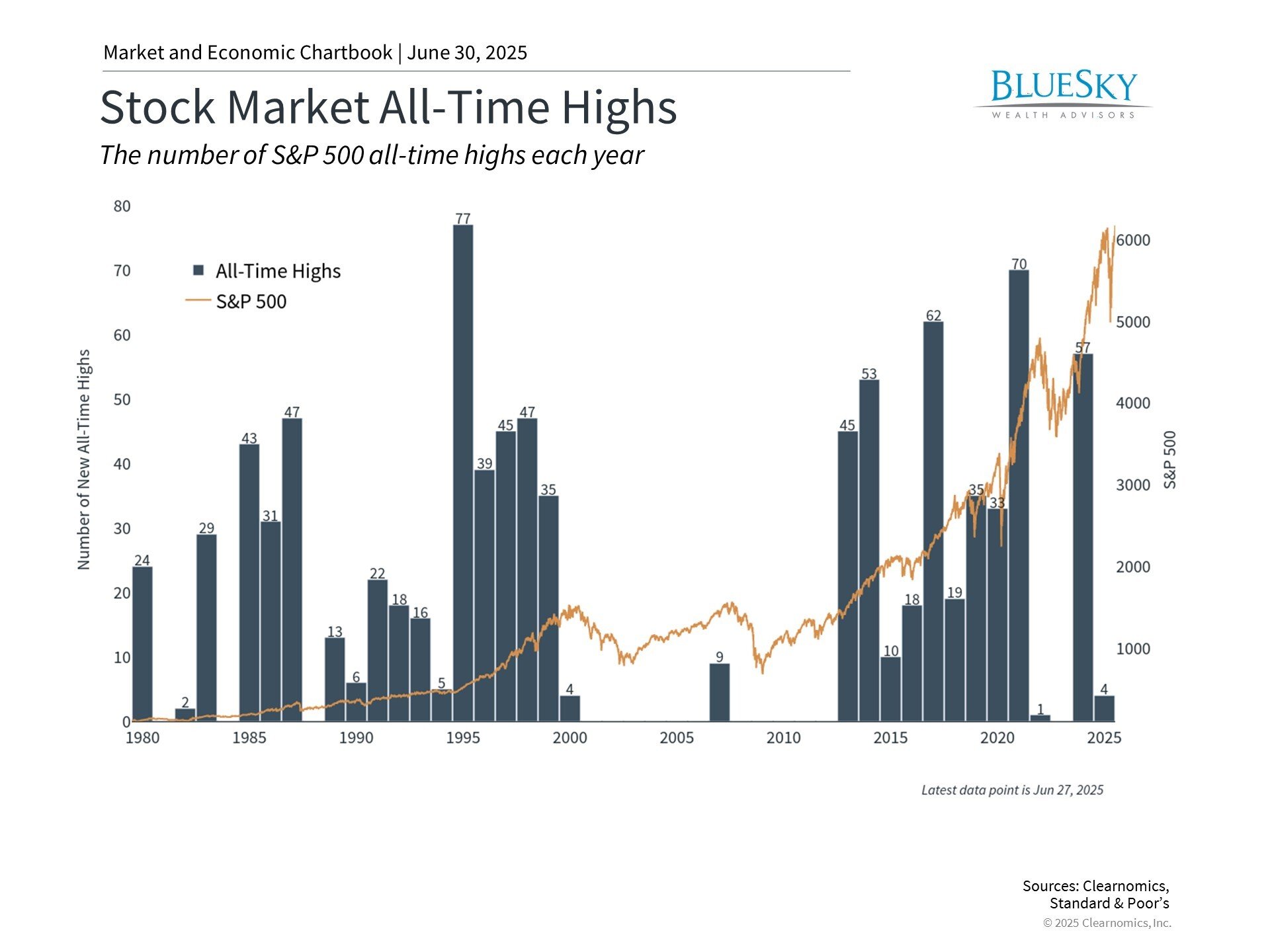
President Dwight Eisenhower famously observed that "what is important is seldom urgent and what is urgent is seldom important." This wisdom particularly resonates with investors who constantly face seemingly urgent market developments demanding immediate responses. Throughout this year, investors have grappled with concerns about tariffs, geopolitical tensions, economic uncertainties, and numerous other pressing issues.
However, the most meaningful investment choices aren't the urgent reactions, but rather the patient, long-term decisions. Wealth-building fundamentals like maintaining discipline, consistent saving, regular portfolio contributions, and harnessing compound growth demand planning and dedication instead of hasty portfolio adjustments.
After a turbulent beginning to the year, equity markets have achieved fresh record territory, highlighting why focusing on broader trends rather than daily fluctuations matters. Both the S&P 500 and Nasdaq have exceeded their prior peaks, delivering year-to-date gains of 5.1% and 5.0% respectively, while the Dow sits just 2.6% beneath its record high. This performance reflects widespread market recovery spanning various styles, sectors, and asset categories.
Although market obstacles remain, this serves as a reminder that adhering to long-term strategies has proven more valuable than reacting to every news cycle. Given today's market conditions, how can investors maintain focus and stay committed to their investment approach?
Markets have achieved fresh record territory

Understanding that markets reaching new peaks is a normal occurrence is crucial. Since markets generally trend higher over extended periods, bull markets frequently operate at record levels. This doesn't suggest markets only move upward without interruption, but it does indicate that investors who can look beyond short-term volatility are better positioned to capitalize on market trends.
The chart demonstrates how regularly new highs emerge throughout market cycles. Between 2013, when the S&P 500 recovered from the 2008 financial crisis, through 2024, markets averaged 37 new record highs annually based on daily closing prices. This represents approximately 15% of all trading sessions – a figure that may surprise many. Certain years like 2017 and 2021 saw considerably more. The previous year delivered 57 record closing sessions despite numerous investor concerns including recession anxiety and presidential election uncertainty.
This pattern stems from market and business cycle dynamics. During economic expansion periods, stock markets typically rise in tandem. Since the mid-20th century, these cycles have extended in length, with bull markets substantially outpacing bear markets in both duration and returns – benefiting those who maintain their financial strategies. Therefore, new record highs alone don't necessarily warrant concern or signal impending market reversals.
After markets achieve new records, some investors naturally wonder whether they should "wait for a pullback." While periodic declines are unavoidable, trying to time these movements often proves counterproductive. The opportunity cost of waiting for ideal entry points frequently exceeds the benefits of simply investing immediately.
Corporate bond performance has strengthened following tariff pause

The positive stock market momentum has coincided with similar bond market strength, particularly in corporate bonds. Bond categorization relies on credit quality, measuring the likelihood of investor repayment. Interest rates on these securities have declined recently, both in absolute terms and relative to Treasury yields. This phenomenon, known as credit spread "tightening," benefits investors as bond prices increase.
This occurs because economic stability and strong stock performance boost confidence in companies' ability to meet their obligations. This explains the frequent positive correlation between equity and credit markets, as they reflect similar underlying factors. When investors drive stocks to record levels, corporate bond prices typically benefit from optimism regarding economic conditions and corporate financial health.
This has supported the Bloomberg U.S. Aggregate Bond Index, a diversified collection of various U.S. bonds, generating 3.7% returns year-to-date. The index's corporate bond segment has also produced 3.7% returns, while high yield has outperformed with 4.3% gains.
Narrowing credit spreads also indicate that the flight-to-safety behavior from earlier this year has largely subsided temporarily. Reduced credit spreads can benefit the broader economy by enabling companies to raise capital, fund new initiatives, and refinance existing obligations more affordably.
For investors, this reinforces that while equity markets capture most attention, various other asset classes have also contributed to portfolio performance this year. With the S&P 500 at record levels, it's an opportune moment to evaluate your asset allocation and confirm your financial plan accommodates all market cycle phases.
Asset allocation maintains importance despite robust performance

While strength across both stocks and bonds encourages investors, it also emphasizes the importance of disciplined portfolio management. Portfolio construction extends beyond investment returns. What truly matters is the risk-return balance and how each asset class contributes to overall equilibrium. Proper execution, with attention to long-term financial objectives, can ideally create a portfolio that supports investors through varying market environments.
Recent years have provided clear demonstrations of how different asset classes perform under various market conditions. The accompanying chart illustrates how different asset allocations perform during both favorable and challenging periods.
Portfolios heavily weighted in stocks may outperform during market expansion but typically experience greater volatility during downturns. Bond inclusion can smooth the journey, likely helping ensure financial goal achievement. The optimal approach depends on individual risk tolerance and return expectations. Maintaining a comprehensive understanding of your objectives and financial requirements enables portfolio customization to weather the next volatility period when it inevitably arrives.
The bottom line? Despite market recovery, investors should maintain disciplined portfolio management instead of chasing recent performance. Historical evidence demonstrates that remaining invested throughout market cycles continues to be the optimal approach for achieving long-term financial objectives.
BlueSky Disclosures
Copyright (c) 2025 Clearnomics, Inc. All rights reserved. The information contained herein has been obtained from sources believed to be reliable, but is not necessarily complete and its accuracy cannot be guaranteed. No representation or warranty, express or implied, is made as to the fairness, accuracy, completeness, or correctness of the information and opinions contained herein. The views and the other information provided are subject to change without notice. All reports posted on or via www.clearnomics.com or any affiliated websites, applications, or services are issued without regard to the specific investment objectives, financial situation, or particular needs of any specific recipient and are not to be construed as a solicitation or an offer to buy or sell any securities or related financial instruments. Past performance is not necessarily a guide to future results. Company fundamentals and earnings may be mentioned occasionally, but should not be construed as a recommendation to buy, sell, or hold the company's stock. Predictions, forecasts, and estimates for any and all markets should not be construed as recommendations to buy, sell, or hold any security--including mutual funds, futures contracts, and exchange traded funds, or any similar instruments. The text, images, and other materials contained or displayed in this report are proprietary to Clearnomics, Inc. and constitute valuable intellectual property. All unauthorized reproduction or other use of material from Clearnomics, Inc. shall be deemed willful infringement(s) of this copyright and other proprietary and intellectual property rights, including but not limited to, rights of privacy. Clearnomics, Inc. expressly reserves all rights in connection with its intellectual property, including without limitation the right to block the transfer of its products and services and/or to track usage thereof, through electronic tracking technology, and all other lawful means, now known or hereafter devised. Clearnomics, Inc. reserves the right, without further notice, to pursue to the fullest extent allowed by the law any and all criminal and civil remedies for the violation of its rights.

